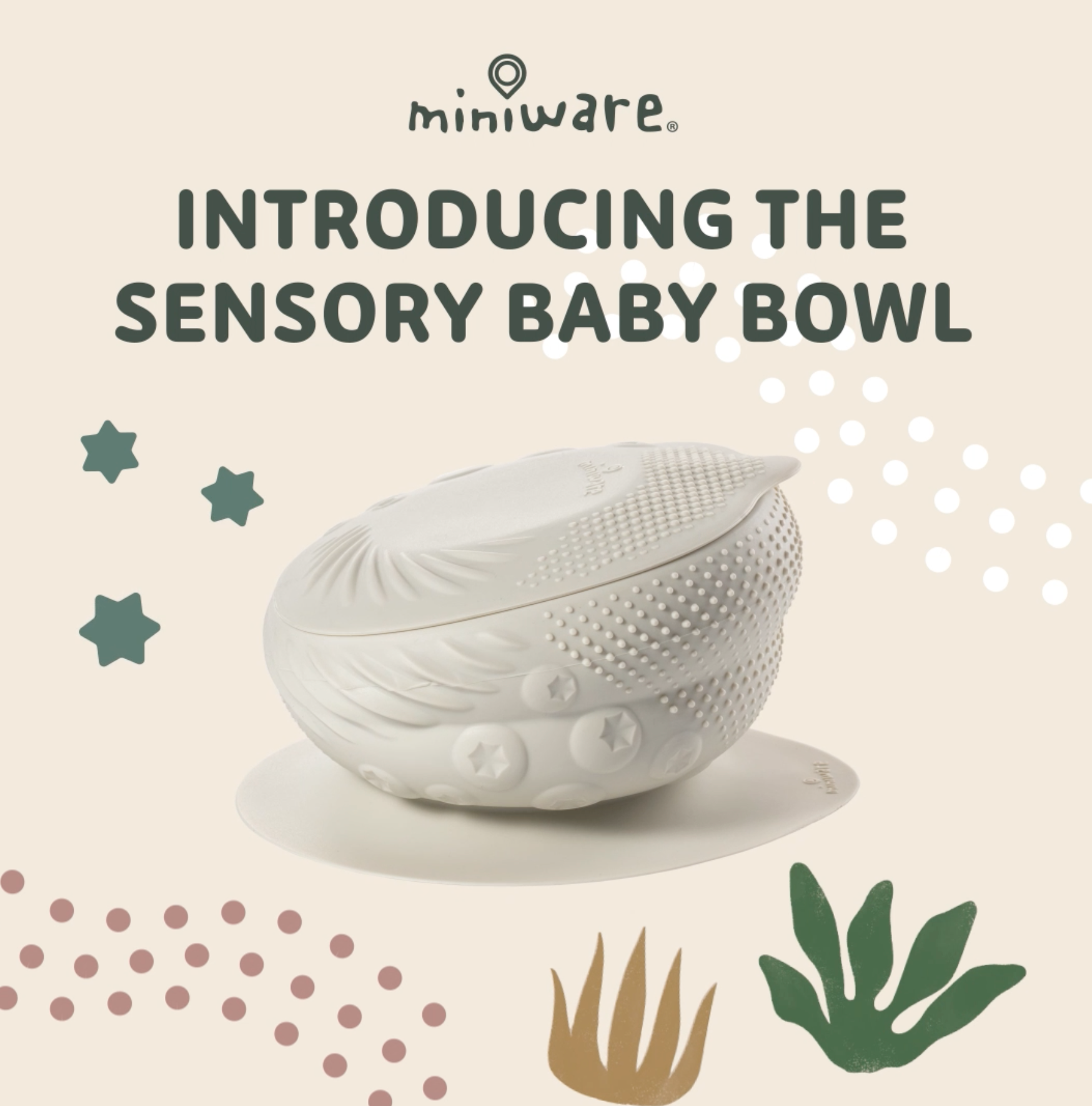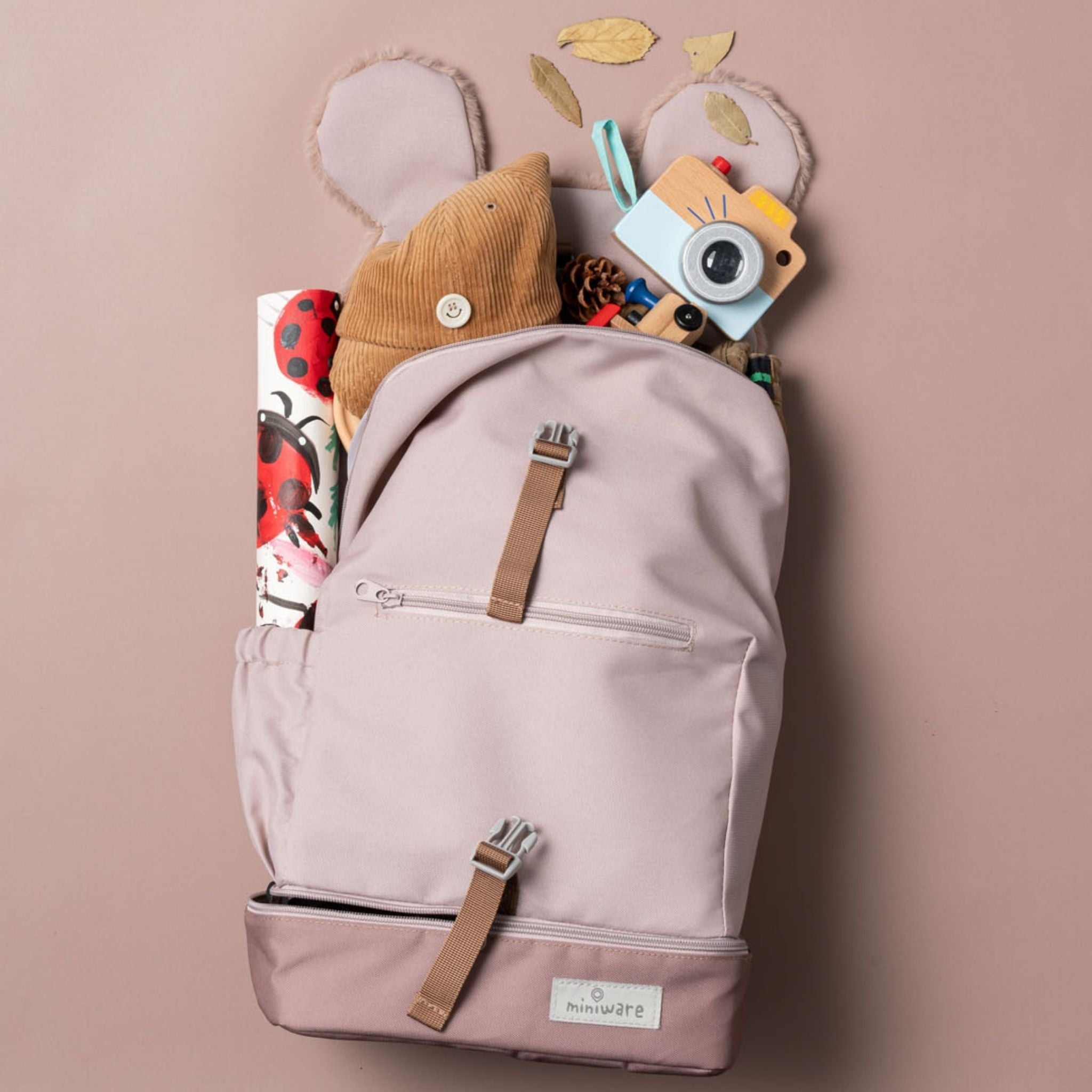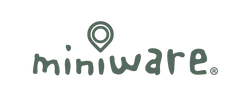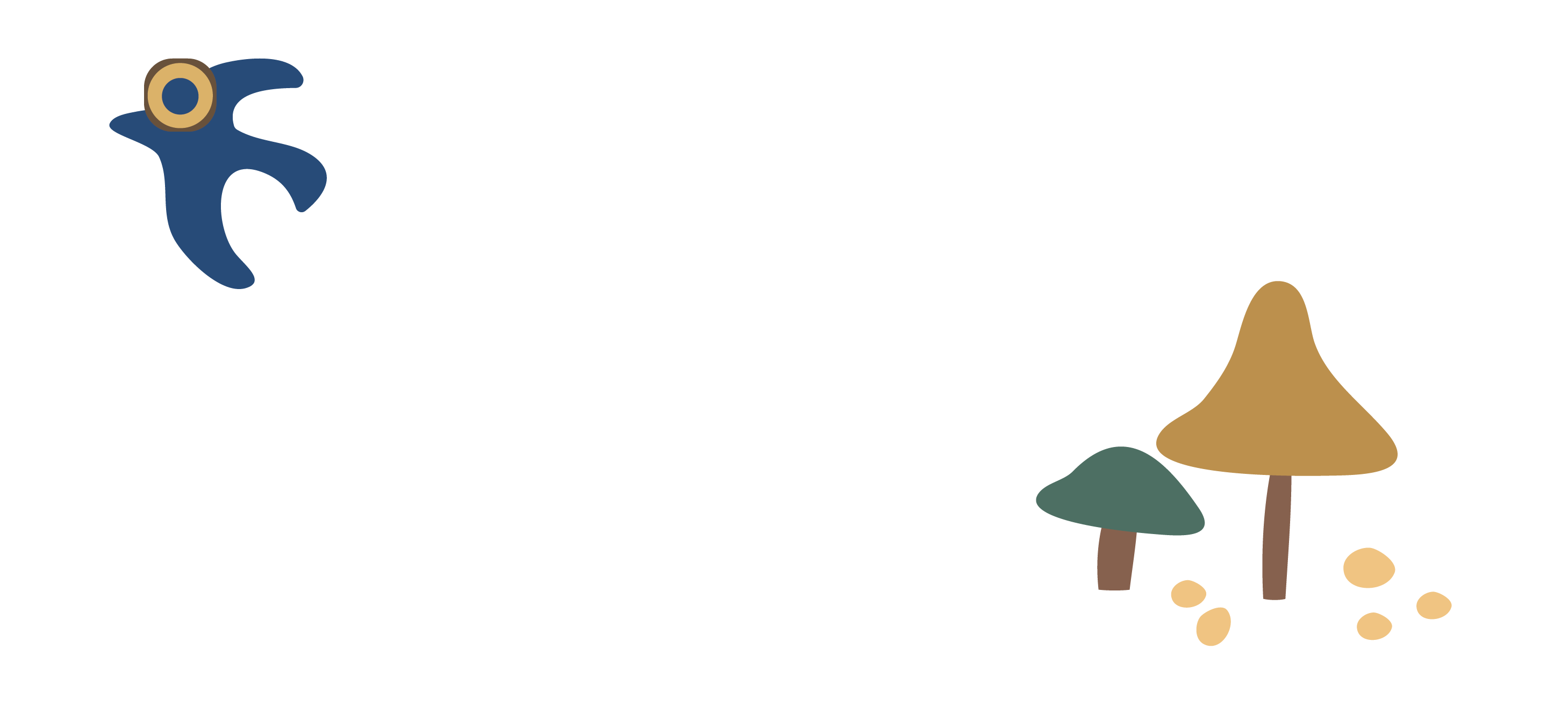When it comes to household decluttering, it’s important to take on one problem area at a time to avoid becoming overwhelmed. Maintaining a clean house with kids can be a lofty goal but with some guidance and practice, your whole family can help keep spaces tidy and organized, creating more pleasant and peaceful spaces for family time.
Kids especially benefit from clean, organized spaces. It helps them focus on and appreciate the things they love rather than moving onto the next plaything or project the second they get bored. It also creates a calming, emotionally harmonious atmosphere, helping your child feel safe and secure rather than chaotic and overstimulated.
Start with three boxes; keep, donate and trash.
Keep – Take a note from super-celeb organizer Marie Kondo and help your child evaluate each of their possessions to see if they “spark joy.” If it’s not a toy or game they deeply love and value, agree that it should go in one of the other two boxes, trash or donate. Helping your child realize when it’s time to let things go is a valuable skill. Ask them when the last time they played with the toy was and what they like about it. Ask if there are other toys they like more. It’s never too early to start developing critical thinking skills!
Trash - With your child, inspect each toy and game to ensure they’re usable and undamaged. This is especially important for small children where damaged toys can be a safety risk. If the toy or game is missing pieces or otherwise not in good condition and unable to be donated, it goes in this box. Involving your child in the decision to get rid of broken, damaged toys will help them let go of the items without lingering regret.
Donate – Your child is likely to struggle between the keep and donate box, especially if this is their first experience in cleaning out the toybox or cupboard. Here again, it’s important to involve your child in the decision to donate clean, quality toys that are still in good condition. Helping them think through reasons why it would be a good idea to donate old toys (other children can enjoy them, they’ve outgrown the toys, they no longer play with them) will ease the anxiety of “losing” their belongings. This is a good practice for establishing empathy and a charitable nature, of feeling good about doing something good for someone else.
Explain where the toys go and why they must be in good condition. Set an amount of time with your child where they can remove items from the donate box to the keep box if they really regret a specific toy. But, it’s a good idea to set guidelines here, such as if something is removed, it has to be replaced with something else or the donation box can never be empty in order to prevent your child from simply removing all the donated toys they suddenly “regret.”
Going through this practice quarterly with your child will make it easier and soon it will become a lifelong habit! If you struggle with your own organizational issues, invite your child to help you clean out one of your spaces, to help mom or dad decide if items “spark joy.” It models great behavior and shows that rules apply to everyone in the family, not just kids.











